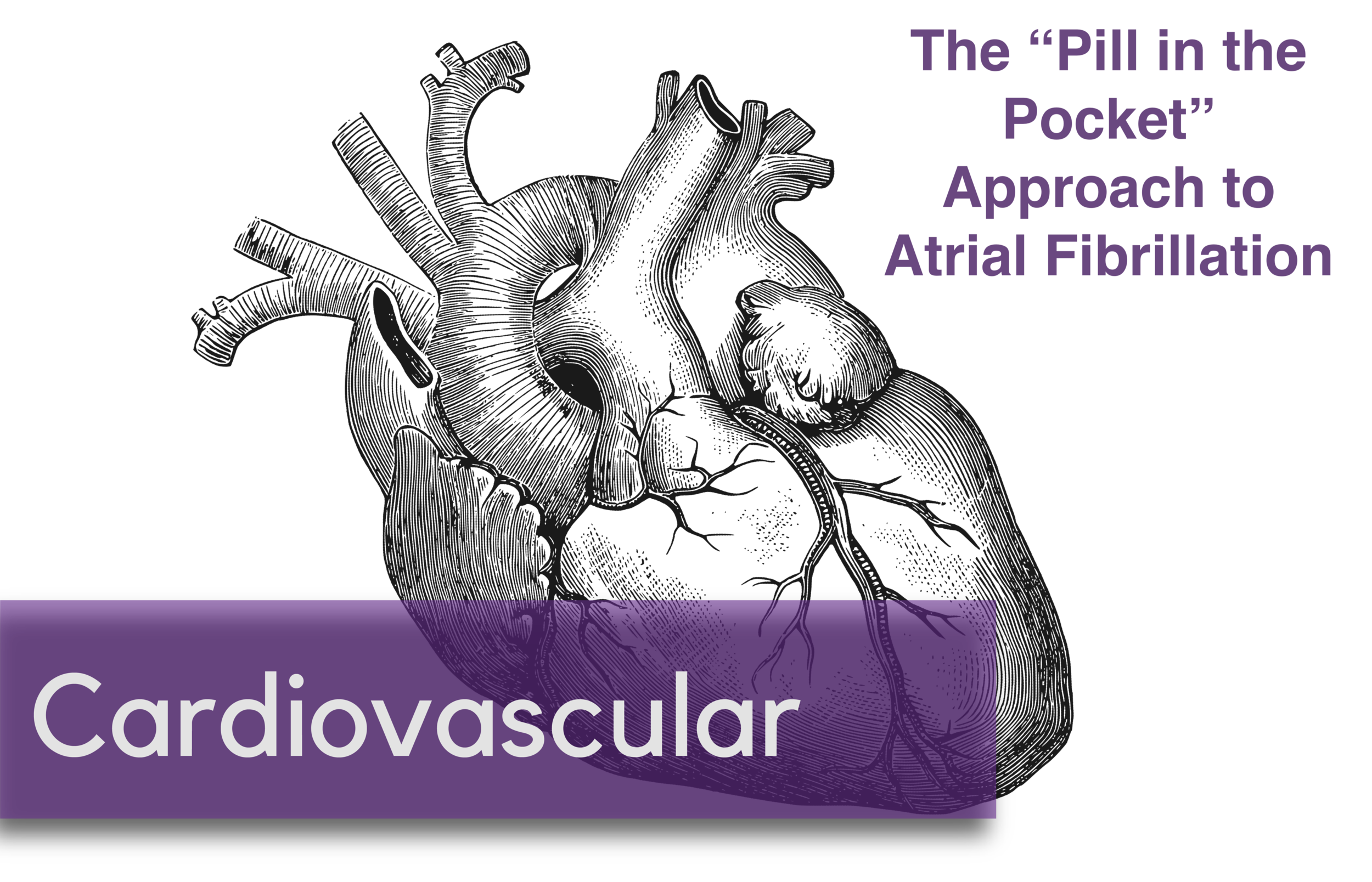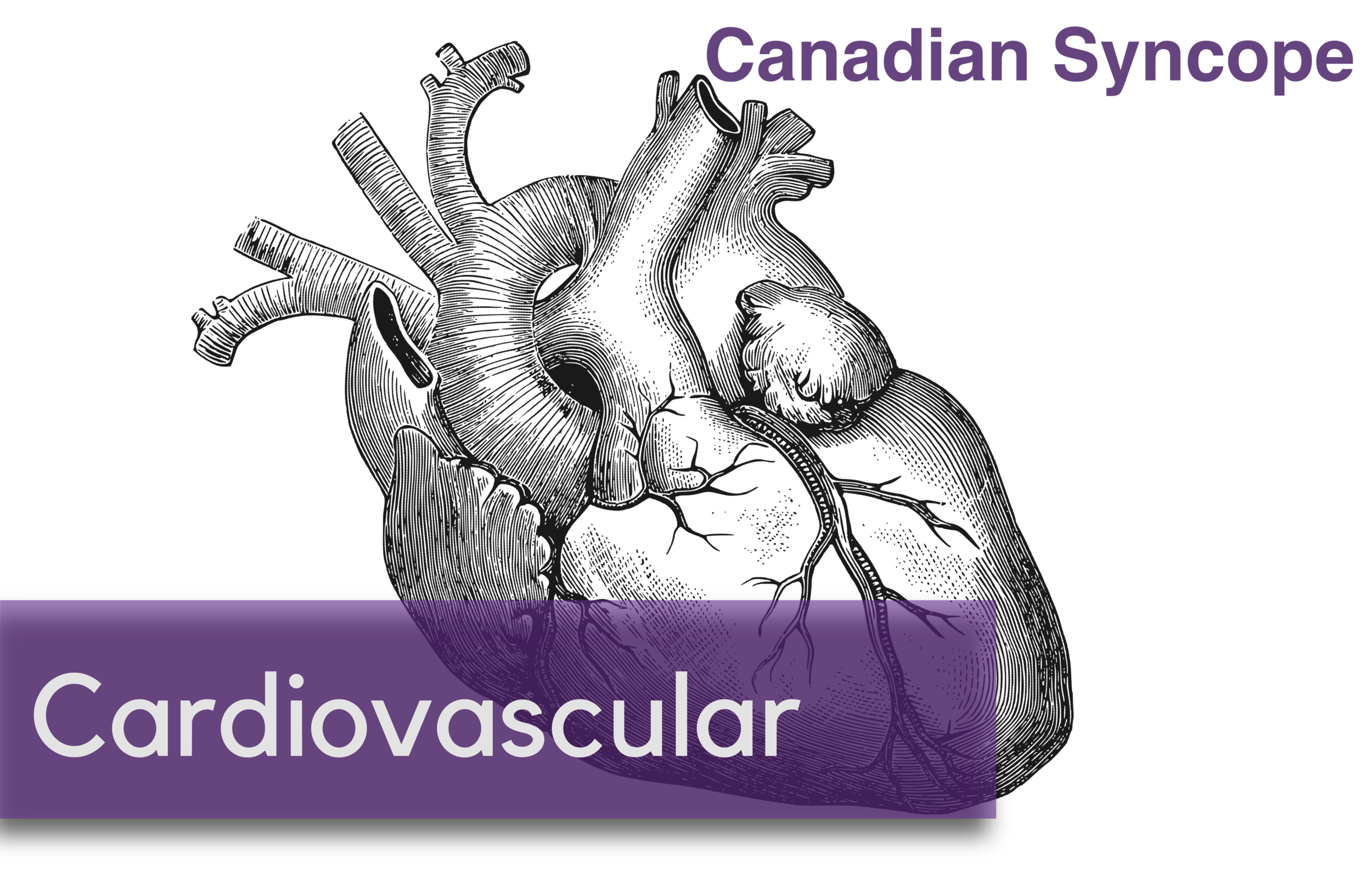Written by: Andrew Moore, MD (EM Resident Physician, PGY-3, NUEM); Edited by: Jordan Kaylor, MD; Expert Commentary by: Chris Richards, MD
What is better than shocking someone back into rhythm? Shocking them with twice the electricity. Dual sequential defibrillation (DSD) has garnered some press in the podcast world and was recently featured on EM RAP on the February episode.
The Case
A 50-year-old male collapses at work and is found to be pulseless. Bystander cardiopulmonary resuscitation (CPR) is initiated immediately. EMS arrives and finds the patient to be in ventricular fibrillation (VF). They perform 5 rounds of advanced cardiac life support (ACLS) in the field. At each pulse/rhythm check the patient remains in ventricular fibrillation that is refractory to multiple attempts at defibrillation despite having received an anti-dysrhythmic medication. EMS decides to transport the patient. You take the radio call that EMS is en route with a patient in cardiac arrest with refractory VF. Should you prepare two defibrillators for double sequential defibrillation? Is this a real thing?
Here's what Darren Braude and Brent Myers as featured on EM RAP have to say [1]:
It is safe.
The theoretical damage to the myocardium from sustained VF is more detrimental than 720 joules.
The machines will not explode. They are wired such that electricity cannot travel back up the wires.
While there is a theoretical risk of R on T phenomena, the patient is mostly dead at this point.
But what does the literature say?
Photo via EMSsolutionsint.blogspot.com
A retrospective study of 10 cases published in Prehospital Emergency Care showed that 70% of cases refractory VF were terminated with double sequential defibrillation. However, none of these patients survived until discharge [2].
A retrospective study published in the Journal of American Cardiology in 1994 found that of approximately 3000 patients in ventricular fibrillation, 5 had refractory ventricular fibrillation and in all 5 cases the Vfib was terminated by double sequential defibrillation [3].
A study from Mexico showed dual sequential defibrillation with 720 J to be 90% (19/21) successful in patients with atrial fibrillation refractory to normal voltages. Moreover, these patients did not suffer myocardial damage from the increased voltages [4].
Bottom line
If you have a patient in refractory ventricular fibrillation, you may consider using double sequential defibrillation with both machines charged to 360 J for a total of 720 J. Apply pads as indicated (above), or watch a quick video (below) on the procedure, courtesy of EM:RAP HD.
Expert Commentary
Very nice overview of dual sequential defibrillation (DSD) – also called “double sequence defibrillation,” “double simultaneous defibrillation,” “dual defibrillation,” and “double sequential external defibrillation” in the literature (let’s just call it “DSD”). While rare, the case you describe is very real and can make a prehospital provider or emergency physician feel almost hopeless – you are trying all the right things (defibrillation, anti-dysrhythmics) to treat your patient in refractory ventricular fibrillation (RVF), and yet the lethal dysrhythmia persists. DSD provides an attractive option for the treatment of RVF.
The procedure is exactly as you describe – essentially, the provider places two sets of defibrillation pads in the classic anterior-lateral position as well as in the anterior-posterior midline position. Each set of pads is attached to a different manual defibrillator, and both defibrillators are discharged at same time.
As your review of the pertinent literature describes, experience with using DSD in routine clinical care is low. Initial case reports of treating RVF with DSD showed some promise [6,7]. The case series by Cabanas et al did not show improved outcomes in 10 patients treated with DSD, but did report successful defibrillation in most [2]. A subsequent case series out of Newark looked at 7 patients treated with DSD and found that 4 survived to hospital admission and 2 survived their cardiac arrest with a cerebral performance category (CPC) score of 1 (minimal or no deficits) [8]. Patients in the Newark study received DSD sooner (both in terms of time to DSD and number of single shocks), which may contribute to the differences seen. In both case series, the median number of DSD delivered was 2.
Subsequent to these case series, two large emergency medical services (EMS) systems have looked at registry data to describe their experience with DSD. Over 4 years, Columbus EMS treated 12 patients with DSD [9]. They also initiated DSD quickly (median time to DSD was 27 minutes) and reported generally favorable outcomes in their patients – 9 patients had their RVF broken, 3 had return of spontaneous circulation, and 2 were discharged with a CPC of 1. However, another research group in San Antonio did a similar analysis by looking at their EMS data and did not find a statistically significant difference between patients treated with DSD compared with standard defibrillation [10]. Fifty patients over three years were treated with DSD and 3 had a CPC of 1 or 2 at discharge in this study.
There are a few theories as to why DSD works [8]. First, the rapid depolarization of myocytes in two different vector planes may be more likely to stop the fibrillating myocytes. Next, the concurrent doses of electricity result in more cardiac muscle being exposed to electrical current – i.e. more defibrillated myocardium – and greater chance of defibrillation. Related, perhaps the additional rapid dose of electricity confers an additive effect that helps break fibrillation, and perhaps the longer VF durations seen in RVF increases the defibrillation threshold. Lastly, despite the defibrillators being activated at the same time by the rescuers in DSD, it is very unlikely that the shocks are delivered at exactly the same time. Rather, this near-simultaneous defibrillation may be creating a longer duration defibrillation exposure that results in successful defibrillation.
Ultimately, like for many things we do clinically, guidance from large scale randomized clinical trials is lacking on this topic, and perhaps larger studies will give us greater clarity on this topic in the future. However, weighing the potential benefits seen in early research on the topic compared with the low theoretical risks of double sequence defibrillation, it seems like DSD is a reasonable option to consider for patients suffering from RVF. That said, if one were to consider DSD, think about initiating DSD early in the course of VF resuscitation (after 3-5 single shocks), as there seems to be a correlation between early initiation of DSD and successful defibrillation.
Christopher T. Richards, MD, MS, FAEMS
Department of Emergency Medicine, Feinberg School of Medicine, Northwestern University
Chicago EMS System
Other Posts Your May Enjoy
How To Cite This Blog Post
[Peer-Reviewed, Web Publication] Moore A, Kaylor J (2017, March 28). Double Sequence Defibrillation for Refractory VF [NUEM Blog. Expert Review By Richards C]. Retrieved from http://www.nuemblog.com/blog/double-defib
References
- EMRAP summary February 2016
- Cabañas JG, Myers JB, Williams JG, De Maio VJ, Bachman MW. Double Sequential External Defibrillation in Out-of-Hospital Refractory Ventricular Fibrillation: A Report of Ten Cases.Prehosp Emerg Care. 2015 January-March;19(1):126-130. Epub 2014 Sep 22.
- Hoch DH, Batsford WP, Greenberg SM, McPherson CM, Rosenfeld LE, Marieb M, Levine JH. Double sequential external shocks for refractory ventricular fibrillation. J Am Coll Cardiol. 1994 Apr;23(5):1141-5.PMID: 8144780
- Velázquez Rodríguez E, Martínez Enríquez A, Cancino Rodríguez C, Olvera Morales G, Rangel Rojo J, Arias Estrada S.Double sequential electrical transthoracic shocks for refractory atrial fibrillation. Arch Cardiol Mex. 2005 Jul-Sep;75 Suppl 3:S3-69-80. Spanish. PMID: 16366172
- Chang MS, Inoue H, Kallok MJ, Zipes DP. Double and triple sequential shocks reduce ventricular defibrillation threshold in dogs with and without myocardial infarction. J Am Coll Cardiol. 1986 Dec;8(6):1393-405.PMID: 3782643
- Johnston M, Cheskes S, Ross G, Verbeek PR. Double Sequential External Defibrillation and Survival from Out-of-Hospital Cardiac Arrest: A Case Report. Prehosp Emerg Care 2016;20:662-6.
- Lybeck AM, Moy HP, Tan DK. Double Sequential Defibrillation for Refractory Ventricular Fibrillation: A Case Report. Prehosp Emerg Care 2015;19:554-7.
- Merlin MA, Tagore A, Bauter R, Arshad FH. A Case Series of Double Sequence Defibrillation. Prehosp Emerg Care 2016;20:550-3.
- Cortez E, Krebs W, Davis J, Keseg DP, Panchal AR. Use of double sequential external defibrillation for refractory ventricular fibrillation during out-of-hospital cardiac arrest. Resuscitation 2016;108:82-6.
- Ross EM, Redman TT, Harper SA, Mapp JG, Wampler DA, Miramontes DA. Dual defibrillation in out-of-hospital cardiac arrest: A retrospective cohort analysis. Resuscitation 2016;106:14-7.













